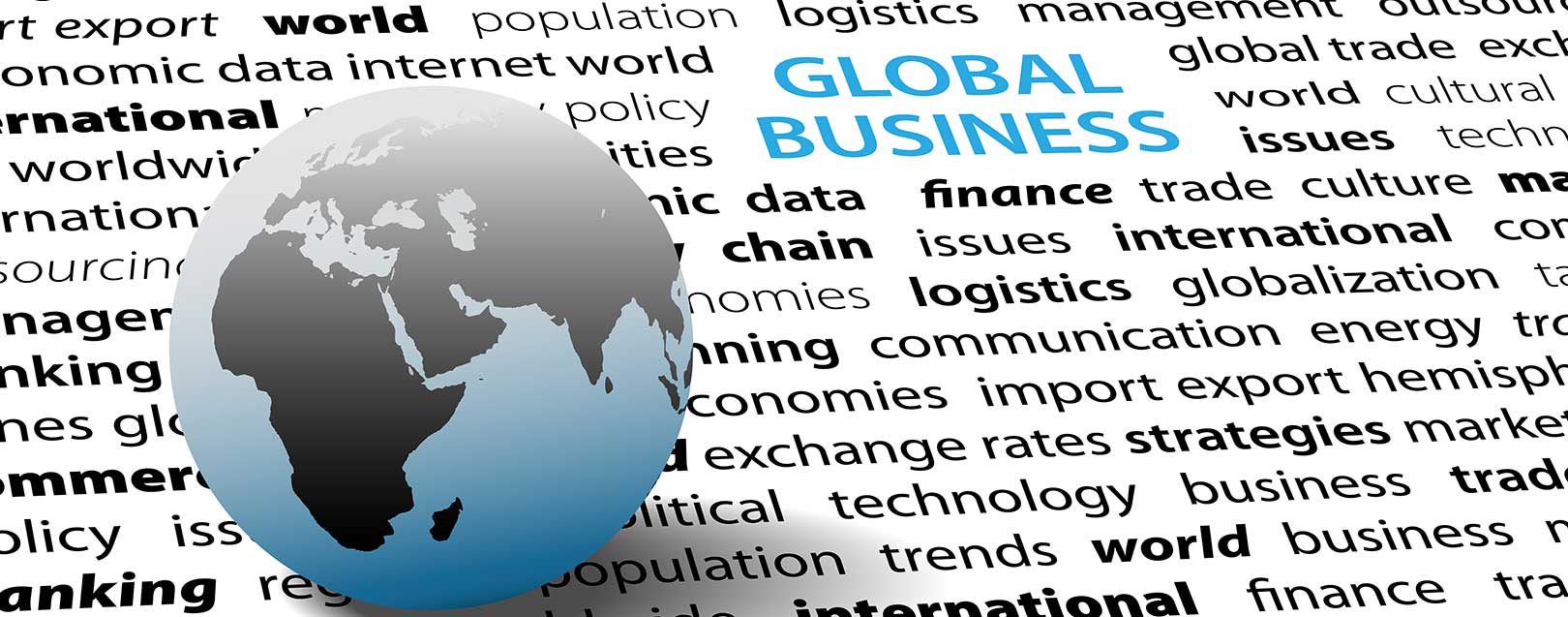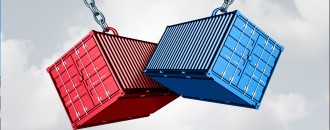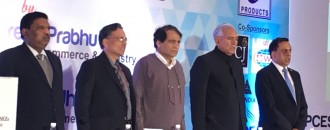
Trade policies focus on growth of exports – is it biased?
By Archana Srivastava
Since the beginning of the trade literature, the focus has been on the balanced trade growth rather than only on the growth of exports. Economists have proved that a country’s export growth represents other country’s import growth. So, it is always desirable to firmly focus on exports and imports rather than only on exports.
It is apt to refer the Indian context, where growth of exports is based on imports. That is why, during economic slowdown of 2009, currency devaluation occurred but that did not improve the exports’ growth scenario. Although, the exchange rate theories suggest that devaluation leads to cheaper exports but it has not been experienced yet, because India’s exports are firmly related to imports. Therefore, the focus should be on growth of imports as well conscientious efforts to boost exports.
Recent trade policies heavily focus on exports which are considered as a yardstick of growth performance, while paying little attention to the import growth scenario. Trade policy of 2015-20 is also not an exception. The major policy objective is to double India’s exports of merchandise and services from $465.9 billion in 2013-14 to $900 billion by 2019-20. Therefore, to achieve the target the major focus is on exports and Special Economic Zones (SEZ). In addition to that, a target is set to increase India’s share in world exports from 2 percent to 3.5 percent by 2020.
At par with the recent agreement with WTO on trade facilitation, various steps have been taken to simplify administrative procedures. The policy adopts the incentive mechanism to increase the exports to overcome the effects of demand slowdown in the major markets like US and Europe (mainly after the BREXIT incidence).
A country’s sound economic policy making largely depends on strong economic institutions’ critical evaluation, recommendation and inclination for sustainable growth. Capacity of policy making is the autonomous prerogative or preferences of the government. An ambitious government can only craft a sound economic policy. In the Indian context, economic policy is not the absolute outcome of economic analysis but a synthesis of desired economic growth and political interest and manifesto. Besides role of the government, the formation, function and commitments of international economic institutions also play vital role in the policy formulation of different countries.
In the contemporary era of globalization a robust economic growth of a country depends on its integration to global markets. Economic policy of a country should possess the inclination/interest to exploit the emerging market situations and opportunities need to be grabbed with liberal trade policies. This can be possible only through administrative reforms. Among the Asian countries, China registered the highest exports $2.282 trillion which is 14% of the world total, while its neighbour country India is far behind with $264.4 billion which is only 1.6% of the world total, although it is the fastest growing economy in the world. China’s economic growth is the result of its adequate liberalization of trade policies, firmly furnishing of WTO commitments and wide integration to global markets i.e. FDI and trade.
Although India is making continuous efforts to improve its foreign trade policy yet it has a long way to go. Shift in the policy formulation has been witnessed in India and that can be witnessed from the Economic Survey of India 2015-16 data. Significant mark is the decline of trade deficit by 23.5% during April-December 2016 than corresponding year of previous year 2014-15. Apart from that exports and imports registered a growth at the rate of 5% during October-December 2016 which is very much significant from the view point of trade.
India is lagging behind due to its multi-party system, federal structure of the government and economic policy determined by the political manifesto etc. Besides imminent constraints, efforts are being made to overcome barriers before the formulation of economic policy.
The government policies seem to be powerful in terms of exports growth. It can be witnessed that since 1950s India is considered to be a resource rich country. Initially, the target of trade policy was for the growth of agriculture sector, but gradually it shifted to the development of heavy industries, so that, exports can be boosted for capital intensive goods. Later on the focus shifted to the small scale industries. On the trade front, the situation was worsening till the beginning of liberalization phase. Tariff relaxations were provided on both export and import fronts as well as administrative procedures were also simplified. It is worth mentioning that the situation simply improved after the relaxation measures for both exports and imports.
Although the major target of the trade policies have always been on boosting exports as imports have already been growing faster than exports, still trade policies need a more balanced approach to be more successful and effective. Since India’s exports are mostly import led hence it is equally important to pay proper attention to imports for a brighter future. Further, it would be important to see a more focused policy on basket of exports and imports rather than only considering the overall growth. Numerous trade policies have been made and the progress is overall steady, a big boost can only be expected if the focus shifts to more balance approach towards both exports and imports, else the trade policies would only be a simply common trade policies focusing on general growth targets.






